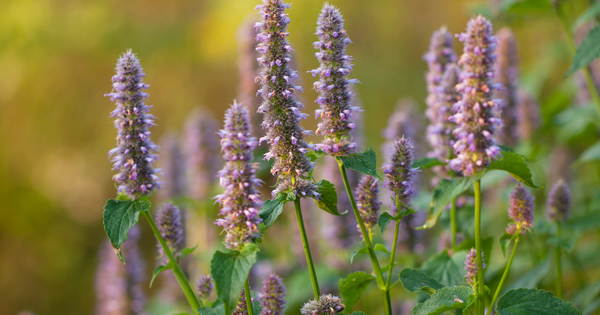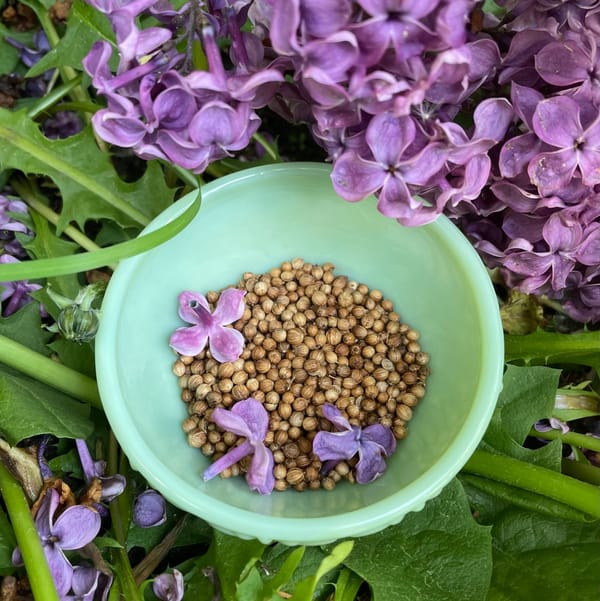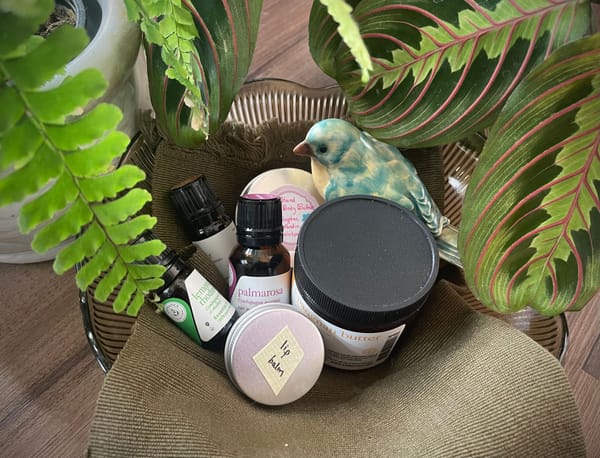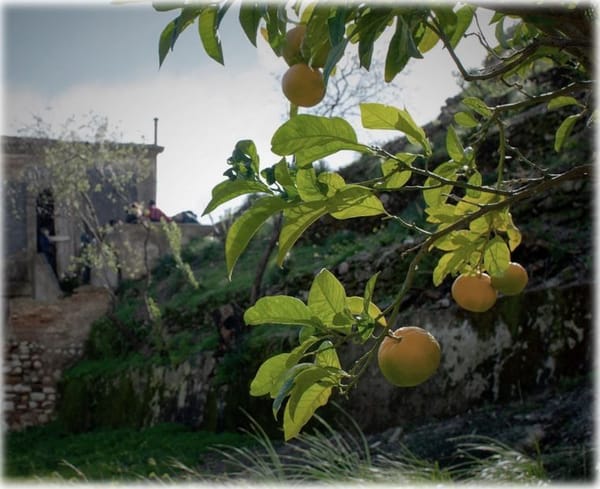
Wonder & Wisdom: Hyssop Chemotypes
Powerful hyssop yields essential oils of distinctly varying chemistry, and each of these oils has its own safety profile.

I love plants and have a passion for natural healing and sustainable living.

Powerful hyssop yields essential oils of distinctly varying chemistry, and each of these oils has its own safety profile.

The humble hyssop is a cheerful, hardy, potently fresh yet pleasantly sweet member of the mint family that has been humans' faithful ally for thousands of years, revered for its wide range of cleansing, health-supportive properties from ancient times to the present day.

Our little bottles of essential oils hold the life essence of plants, ready to calm our nervous systems, lift our hearts, and remind us that we are not alone on this journey.

I had made a batch of solid deodorant for family use and had popped the extra tins in my aromatherapy fridge…without labeling them. I was in a hurry to tidy up and had other things I needed to do, and I blithely thought, 'oh, I will remember what those are.' Famous last words!

When I am blending for a primarily physical issue, I frequently choose to approach it from a chemistry perspective

Before we blissfully bask in balmy bergamot and begin blessing our blends with its beautiful presence, we must remember that it is one of our most phototoxic essential oils and requires thoughtful usage.

Energetically, bergamot is considered exceptionally harmonizing. It has an ability to simultaneously soothe and uplift, and it encourages coherence between the mind, body, and emotions.

Despite its disputed origins, this ancient healing resin has been known and renowned for centuries. Woven within the layers of its vibrant aroma are mysterious and wonderful stories of a tenacious tree sweetly scenting the air of a wild, arid land.
This remarkable rhizome has proved its value over thousands of years and firmly established itself in the cuisines and healing traditions of cultures across the globe.